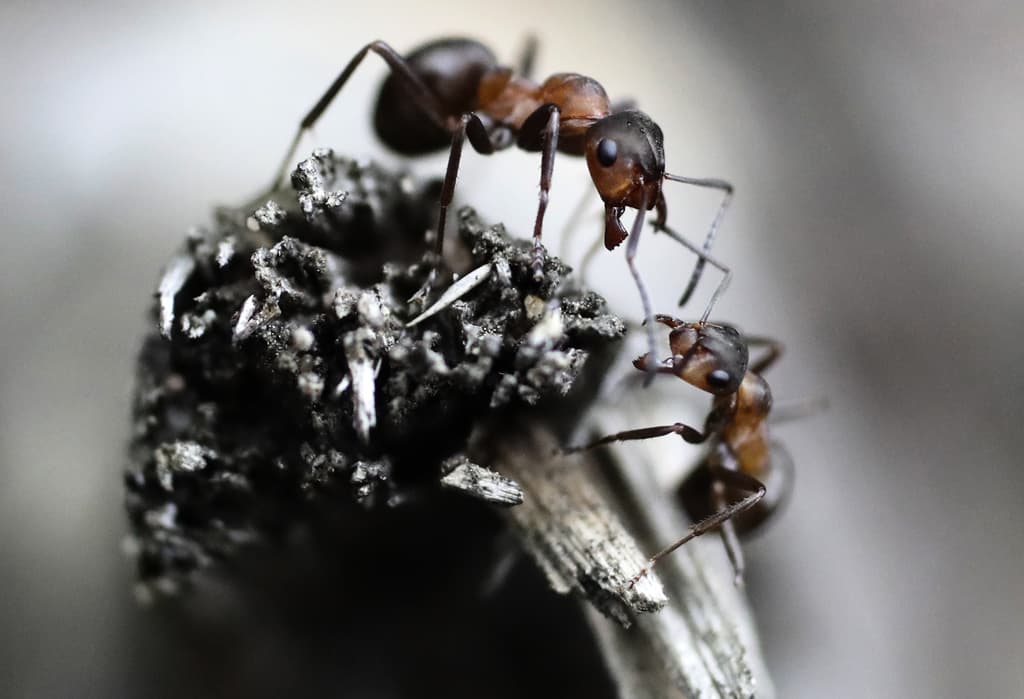Ants' advanced way of communicating with each other has enabled them to spread across the globe. New research shows that they learned to do so a very long time ago.
"Their sophisticated communication was perfected early on in evolution," explains researcher Ryo Taniguchi.
Already tens of millions of years before triceratops and tyrannosaurus roamed the planet's surface, ants had learned to communicate roughly as they do today. This is shown by a study in which Japanese and American researchers analysed ants' antennae. They contain sensory organs for detecting pheromones, scent substances emitted by other ants.
Contributed to dominance
"Communication is one of the most important tasks for ants, which has contributed to their dominance in ecosystems," explains Ryo Taniguchi at Japan's Hokkaido University in an email interview, and continues:
"Colonies can cooperate and behave like a single individual through complex pheromone communication. This allows them to gather food efficiently, cooperate against threats, and compete with solitary animals."
Three ants of the now-extinct species Gerontoformica gracilis met their fate during the Cretaceous period 100 million years ago when they got stuck in resin and fossilised in amber, like the mosquitoes in "Jurassic Park". Ryo Taniguchi and his colleagues cut off the ants' antennae, examined them with a confocal microscope, and compared them with six modern ant species. The sensory organs were virtually identical.
"Although G gracilis is a primitive ant species, we believe that their way of communicating was relatively modern," writes Ryo Taniguchi.
From small to large
He explains that this chemical communication method was complex and well-developed already 100 million years ago, and therefore has not needed to change much over the years. On the other hand, it appears that ant colonies were very small back then and gradually grew. Ants are found today on almost all the world's land surfaces.
"This suggests that ants have evolved over more than 100 million years to maintain large colonies and establish their dominion," writes Ryo Taniguchi.
Three ants that fossilised in amber during the Cretaceous period 100 million years ago have been examined using a new imaging technique.
The researchers cut off the ants' antennae, and polished away the surrounding amber to a thickness of around 100 micrometres (a tenth of a millimetre, roughly the thickness of a human hair). They then examined the antennae's sensory organs by rotating them and taking images with confocal laser scanning microscopy (CLSM), and compared them with six modern ant species.
The study has been published in the journal Science Advances.





